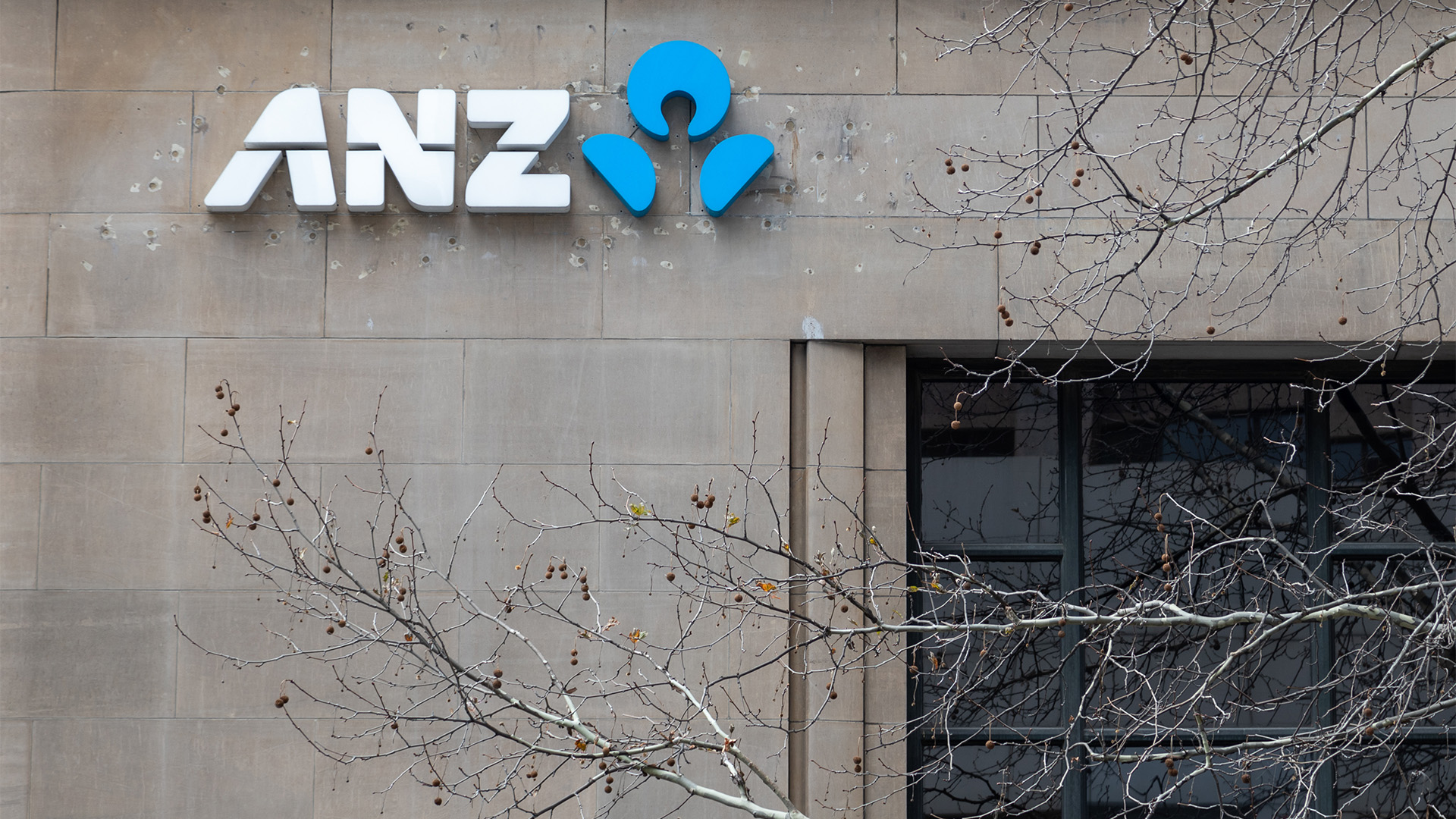
It was another very solid result for bank shareholders.
This time it was the ANZ reporting a 2009 profit that was resilient, much like the National Australia Bank told us on Wednesday.
But seeing the ANZ was more damaged than any of the big four with self-inflicted lending disasters (Tricom, Opes Prime, etc), the ANZ’s final profit report for the 2009 year was impressive.
Of course, if it was good for shareholders, but it wasn’t so good for customers, who paid out far more interest to the ANZ than thought during the year.
As a result the ANZ saw a surge in interest income at a time when interest rates generally were cut by a record 4.25% by the Reserve Bank as the global crisis touched Australia, then eased.
The bank said net profit fell to $2.943 billion in the 12 months to September 30, from $3.319 billion in the previous year, but cash earnings, the industry’s preferred measure of profitability because it leaves out unrealised gains or losses related to asset values, jumped a very tasty 12% to $3.383 billion, from $3.029 billion in 2008.
Like the NAB, interest margins rose, revenue rose (even though costs surged). Dividends were chopped to save money, and deposits rose.
But net interest income soared 25% in the year, a year that was supposed to be tough. And that included the bank paying more for deposits!
This huge jump in interest income was driven by soaring interest margins (its core measure) which rose 0.28% over the year to 2.29 cents in the dollar from 2.01 cents.
Excluding "cash flow on derivatives", as the ANZ put it; the net interest margin was up a more sedate 0.16c to 2.24c. But the higher figure is the one where the profit comes from.
No wonder CEO, Mike Smith was saying last week there was no need for another rate rise and talking yesterday about the central bank moving too early on rates: he’s already got it.
And if we are customers we should remember that rising rates are good for banks: it boosts their margins as they put up the cost to customers faster than deposit rates rise.
(Of course that’s good for customers, but not so good for depositors).
So like the NAB, the ANZ faces an acceleration in earnings in the next year with interest rates and the economy on the rise, all things being equal.
In contrast, the NAB did it ‘tough’ lifting its net interest margin from 2.42c in the dollar to 2.59c at September 30.
The ANZ dropped its cost to income ratio to 45.7c in the dollar from 46.8c in 2008, a solid result and one that would have been even lower but for the costs of the reorganisation and the push into Asia.
Unlike the previous recession when the strong business orientated ANZ was almost undone by poor lending, this time around the ANZ has been able to ride out some imprudent lending activity.
But the sharemarket has played a much bigger part in saving corporate Australia, even if many of the share issues and debt deals were driven by banks like the ANZ becoming very nervous about the debt and cash flows of their clients.
And the $114 billion in ASX capital raisings in the 15 months to September, have helped (as they helped the NAB and its other peers, such as Westpac and the CBA) and allowing clients to recapitalise via equity than go to the wall and trigger huge losses, as happened in the 1990’s recession.
The banks themselves were a part of that recapitalisation: the ANZ raised $5.7 billion in total to repair its damaged balance sheet and then a war chest to finance the return to Asia.
The issue by the ANZ and hundreds of other companies, large and small, is the one factor that sets this slowdown apart from the terrible recession of 18 years ago.
The ANZ had a big run up in bad debts: up 46% to $3 billion (to a high of $4.4 billion) – and one-off items such as provisions for tax and investment setbacks in New Zealand totalling $829 million.
But underlying pre-tax profit rose 10% to $3.7 billion, thanks to a rebound in activity in the loss-making business banking group and strong growth in its retail bank.
Shareholders saw dividends hit; the ANZ flagged earlier this year that the full year dividend could be cut by as much as 25% and that’s what happened a final payment of 56 cents a share, down a quarter on last year.
Together with the half year dividend of 46 cents a share, that will make $1.02 for the whole of 2009.
Like the NAB, the ANZ said it saw a slowing in the rate of increase of bad debts in the six months to September.
Group costs jumped 12%, thanks to the reorganisation after the big losses and the move into Asia. But revenue was up 12% to $13.610 billion.
ANZ’s Australian business performed well with net profit up 13% to $2.560 billion, customer deposits were up 16% to $153 billion. Net loans and advances in the retail business grew by 10%.
ANZ bank shares fell 50 cents, or 2%, to $22.85.













